Rocky Mountain National Park Wildlife: Discover Nature’s Wonders
Welcome to Rocky Mountain National Park, where the mountains are tall, the air is crisp, and the wildlife is abundant. Whether you're an avid animal lover or want to see a moose in real life, this park has something for everyone.
With over 415 square miles of forests, alpine tundra, and glistening lakes, this Colorado gem is nature's version of Disneyland - with the added thrill of spotting a bear (hopefully not too close).So, grab your hiking boots, binoculars, and sense of adventure because we're exploring the incredible world of Rocky Mountain National Park wildlife.

Rocky Mountain National Park Wildlife: The Big Stars
First, let's talk about the headliners - the animals with star power that make you stop and say, "Wow, that's way cooler than a squirrel."
1. Elk (The Antler Kings)
If there's one animal that defines Rocky Mountain National Park, it's the elk. With their impressive antlers and chill demeanor, elk are the park's unofficial mascots. During the fall rut (a fancy word for mating season), the males get extra bold, bugling to attract mates. Imagine a loud, high-pitched trumpet sound echoing across the mountains - it's equal parts fascinating and hilarious.
You'll often spot these majestic creatures in meadows or near watering holes. Just remember, those antlers aren't for show - they mean business. Keep your distance and let the elk do their thing.

2. Moose (The Forest Giants)
If elk are the kings of the meadows, moose are the undisputed rulers of the wetlands. With their long legs and massive antlers, moose look like they walked straight out of a prehistoric art exhibit. You're most likely to find them near marshy areas like Kawuneeche Valley, where they munch on aquatic plants and generally live their best lives.
Fun fact: Moose can swim for miles. Yes, miles. So, if you see one chilling in a lake, don't be surprised - it's just their version of a morning workout.
3. Black Bears (The Furry Celebs)
Let's address the big, furry elephant in the room: black bears. Yes, they're in the park. No, they're not as scary as the movies make them seem (as long as you follow the rules). Black bears are shy and would rather raid a berry bush than deal with humans. That said, don't tempt them by leaving snacks in your car. Bears are smart - and by "smart," I mean they've figured out how to open car doors.
Spotting a bear in the wild is a special treat, but remember the golden rule: admire from afar. Binoculars are your best friend here.

The Stealthy and Sneaky: Wildlife That Plays Hard to Get
Not all wildlife in the park is as easy to spot as an elk in a meadow. Some animals are more like the introverts of the animal kingdom - they're around, but they're not going to make it easy for you to find them.
1. Mountain Lions (The Silent Stalkers)
Mountain lions are the ultimate ninjas of Rocky Mountain National Park. These big cats are rarely seen, but trust me, they're there. If you're lucky enough to catch a glimpse of one, consider buying a lottery ticket because your luck is clearly off the charts.
While the idea of mountain lions might sound a little nerve-wracking, remember - they'd rather avoid you entirely. Watch for tracks and signs, but don't expect one to pose for your camera.
2. Bobcats and Lynx (The Fluffy Ninjas)
Similar to mountain lions but smaller and fluffier, bobcats and lynx are also hard to spot. With their tufted ears and stealthy paws, they blend into the forest like pros. Lynx, in particular, are rare and elusive, so spotting one is like finding a needle in a haystack - except the needle is cute and has fur.

The Sky Squad: Feathered Wonders of the Park
Birdwatchers, rejoice! Rocky Mountain National Park is a haven for all things feathered. From majestic raptors to colorful songbirds, there's no shortage of winged wildlife to admire.
1. Golden Eagles and Bald Eagles
The eagles are the A-listers of the sky. Golden eagles are sleek, powerful hunters, while bald eagles bring their iconic white heads and "freedom vibes" to the table. Spotting one soaring over a mountain lake is like witnessing a scene from a nature documentary.
2. Peregrine Falcons (The Speedsters)
Known as the fastest bird in the world, peregrine falcons are the race cars of the sky. These aerodynamic wonders can dive at speeds of up to 240 mph. If you blink, you'll miss them - but if you catch one in action, it's a sight you won't forget.

3. Clarks' Nutcrackers and Steller's Jays
For some colorful personalities, keep an eye out for Steller's jays with their bold blue feathers and sassy attitudes. Or check out Clark's nutcrackers, birds with a knack for hiding seeds (and sometimes forgetting where they put them - classic). These smaller birds add life and sound to the park's quieter corners, plus they provide valuable seed dispersal services, earning them the title of ecosystem engineers.
The Little Guys: Small but Mighty Wildlife
Let's not forget the smaller critters of Rocky Mountain National Park. These guys might not have the star power of elk or bears, but they're just as important (and, dare we say, adorable).
1. Pikas (The Tiny Squeakers)
If you hear a high-pitched "eep!" while hiking, congratulations - a pika has just noticed you. These tiny, round furballs are the park's cutest residents. Pikas live in rocky areas and spend their summers gathering flowers and grass to store for winter. Basically, they're nature's ultimate meal preppers.
2. Marmots (The Professional Sunbathers)
Marmots are like the chill cousins of the animal world. These chunky rodents love lounging on rocks, soaking up the sun, and occasionally whistling to communicate. If you see one, take a moment to admire their "life is good" attitude - it's something we could all learn from.

3. Chipmunks and Ground Squirrels (The Snack Thieves)
Don't underestimate these pint-sized troublemakers. Chipmunks and ground squirrels are notorious for sneaking snacks when you're not looking. They're quick, clever, and undeniably adorable. Make sure your trail mix is sealed tight - these little guys are relentless.
Wildlife Etiquette: How to Be a Good Visitor
Seeing wildlife in Rocky Mountain National Park is an incredible experience but comes with responsibilities. Follow these tips to make sure you're a respectful guest in their home:
- Keep Your Distance: Use the "rule of thumb" test - if you can cover the animal with your thumb at arm's length, you're far enough away.
- Don't Feed the Animals: Sharing snacks is tempting, but human food isn't good for wildlife. Plus, you don't want a bear showing up at your picnic.
- Stay on Trails: This protects both you and the animals. Nobody wants to step on a marmot's home accidentally.
- Bring Binoculars: A good pair of binoculars lets you see the animals up close without actually getting close. Win-win.

When and Where to Spot Wildlife
Timing is everything when it comes to wildlife watching. Early mornings and evenings are prime times for animal activity, and the lighting is thechef's kiss for photography.
For the best wildlife hotspots, try these areas:
- Moraine Park: Elk central, especially during the fall rut.
- Kawuneeche Valley: Moose territory with plenty of wetlands to explore.
- Bear Lake: A great spot for birdwatching and smaller critters.
Take Only Memories, Leave Only Footprints
Sure, it's a bit cliché, but it's also true. When visiting Rocky Mountain National Park, remember to leave nature precisely as you found it. That means no picking flowers, no littering, and definitely no trying to take a marmot home as a pet.

Final Thoughts: A Wild Time Awaits
Rocky Mountain National Park wildlife is diverse, captivating, and endlessly fascinating. Whether you're marveling at an elk, giggling at a pika, or craning your neck to watch an eagle soar, there's something magical about seeing these animals in their natural habitat.
So, pack your sense of wonder (and maybe some extra trail mix), and get ready for a wild adventure you'll never forget. Who knows? You might just have a few animal encounters that highlight your trip. Just don't forget to give the marmots a wave.

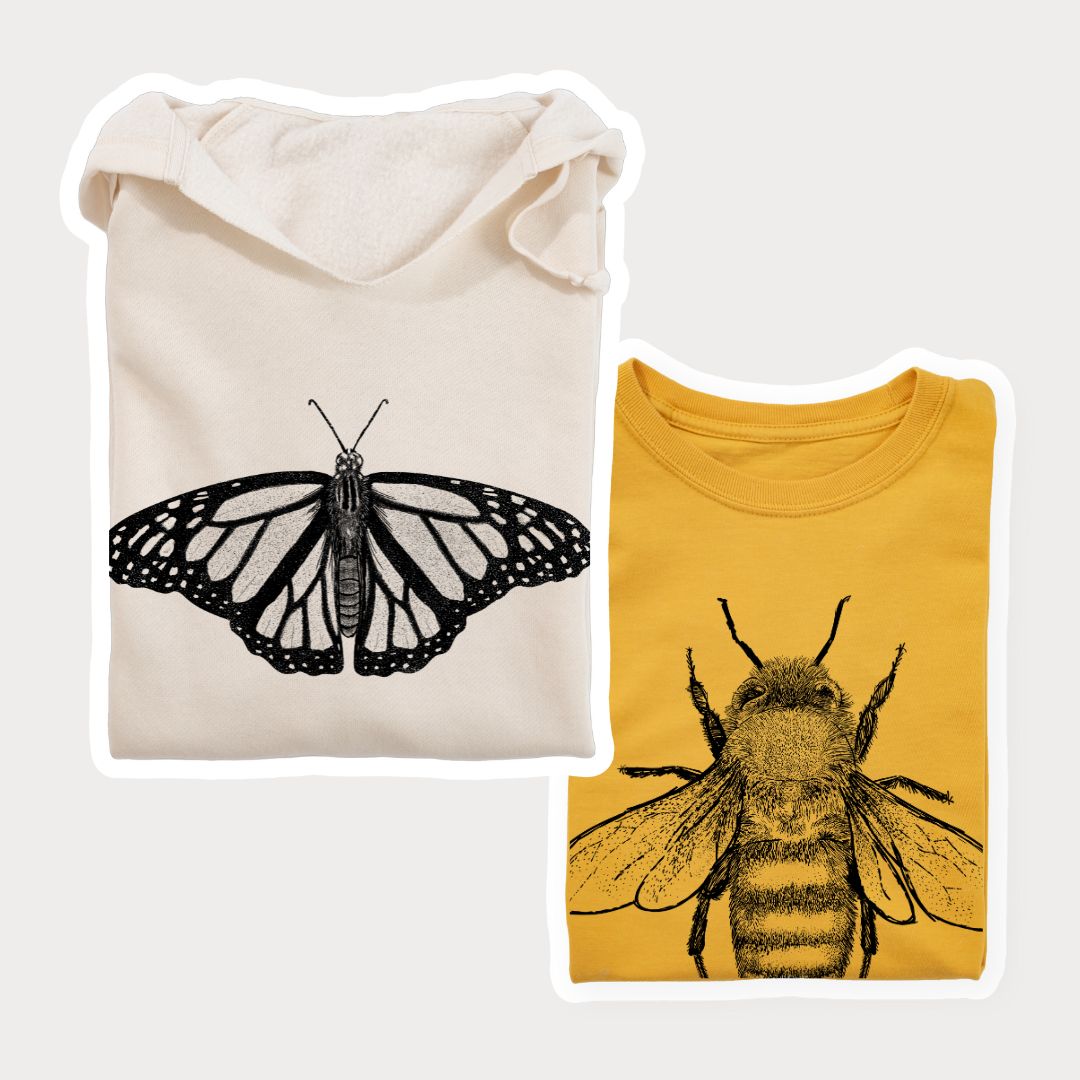


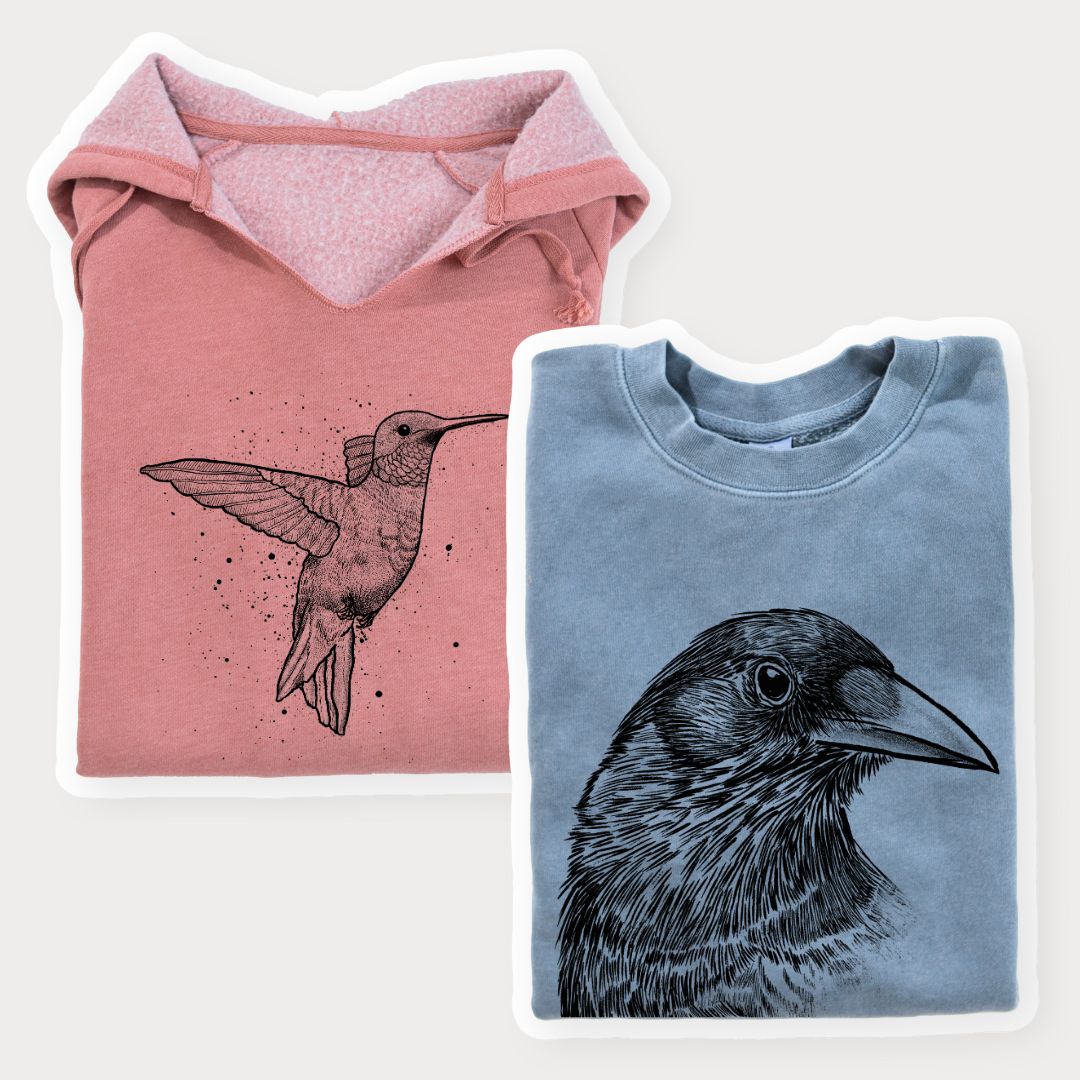
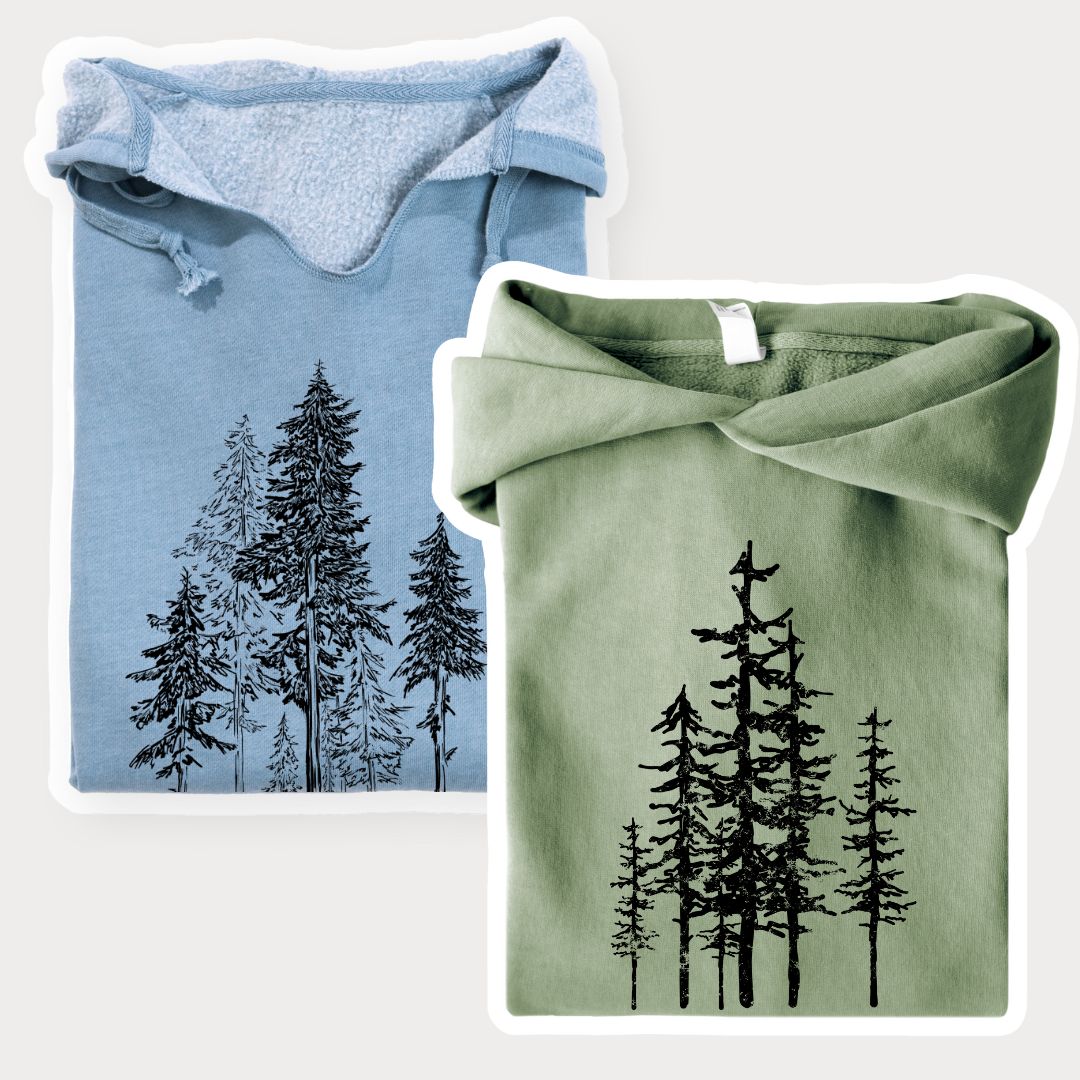
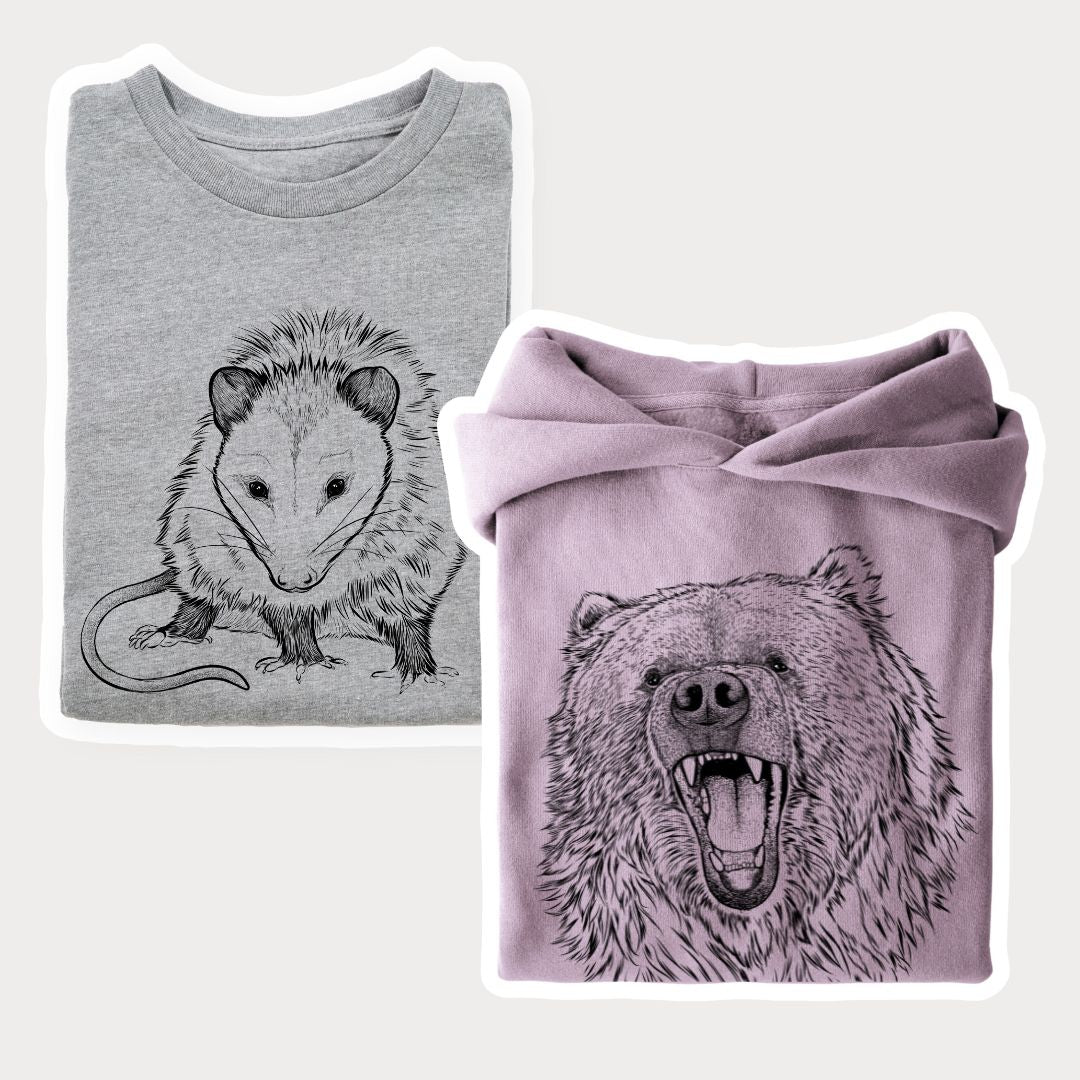


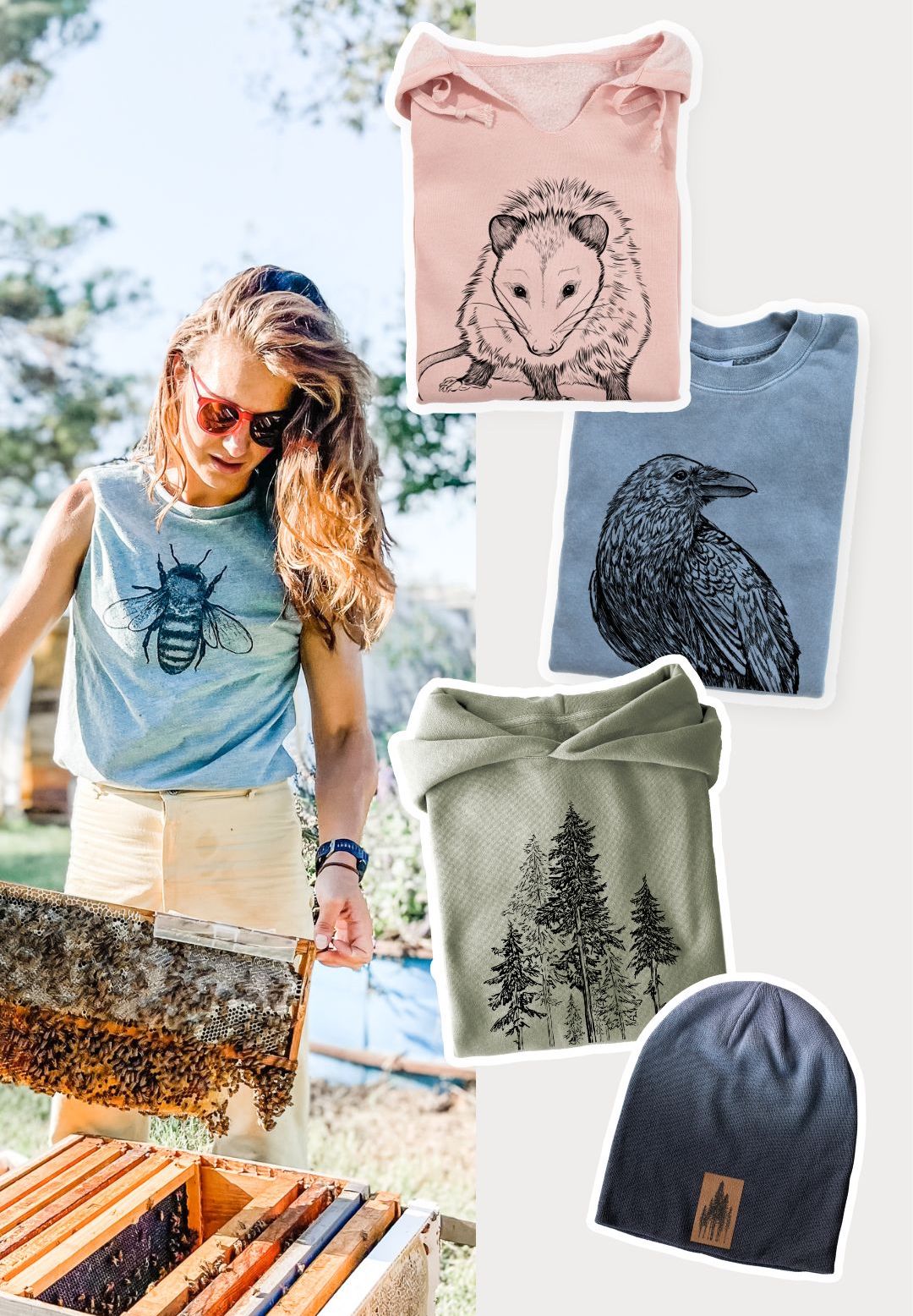

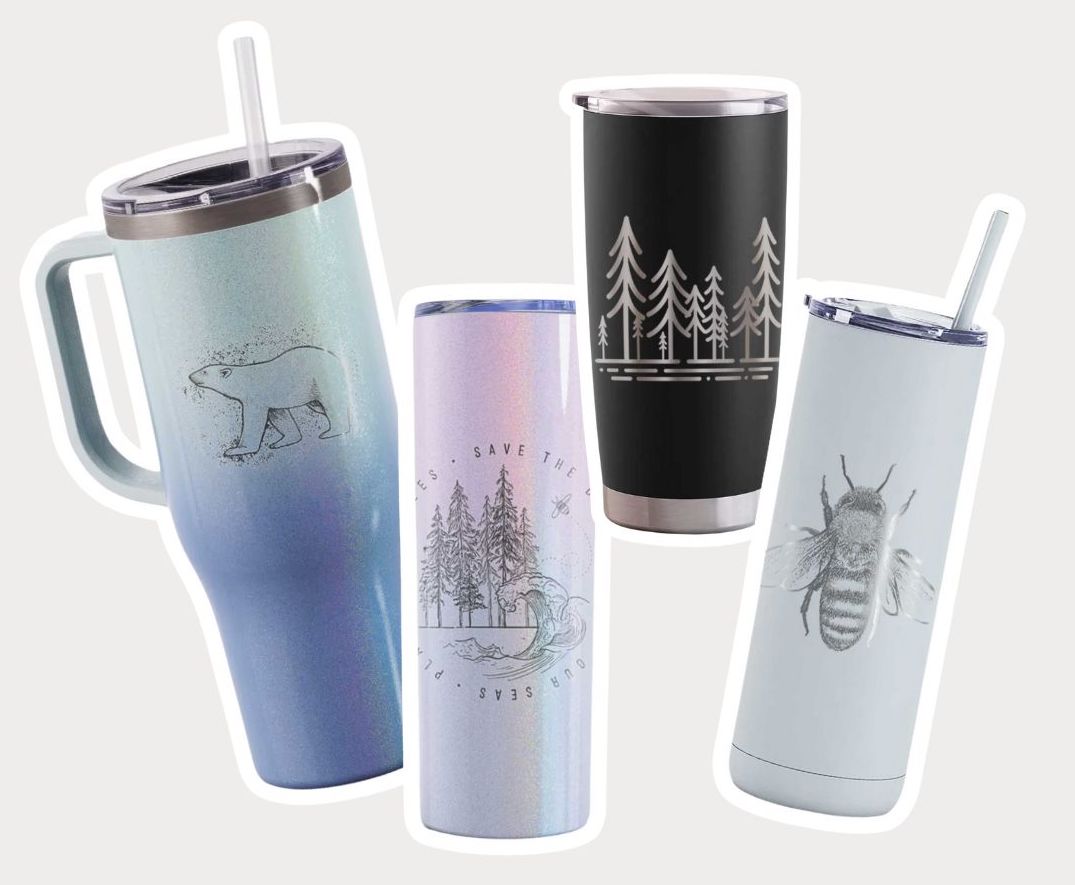


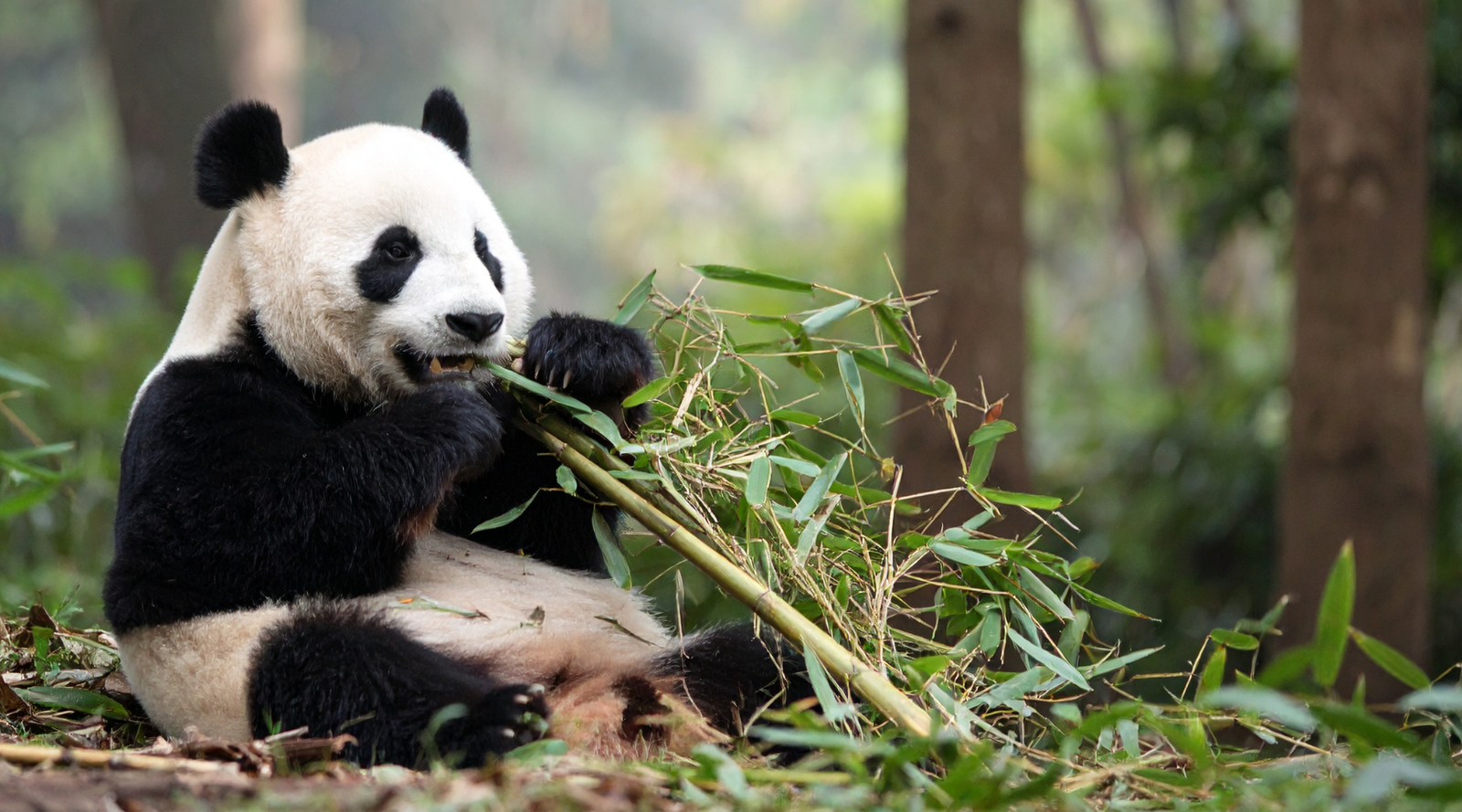
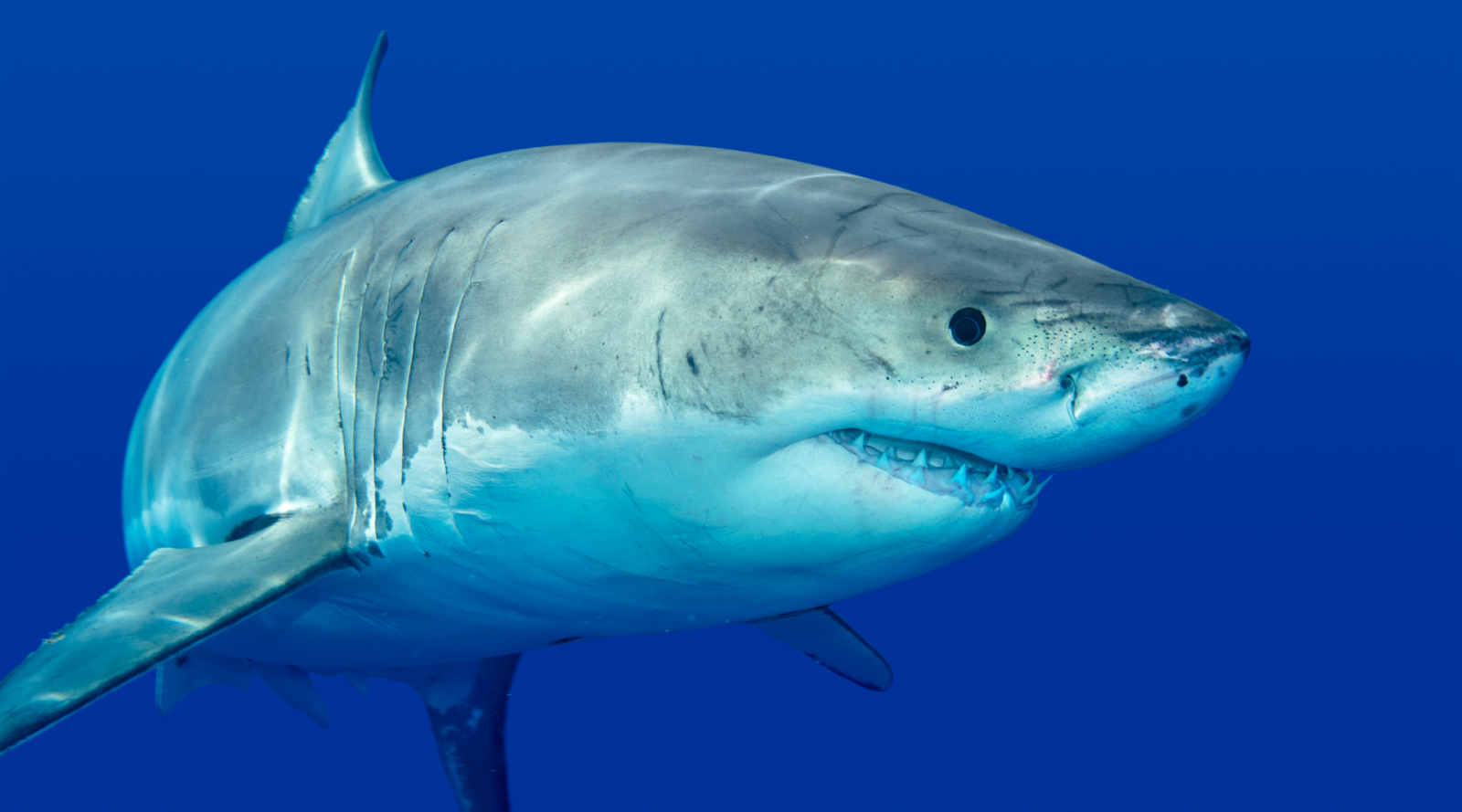
Leave a comment (all fields required)